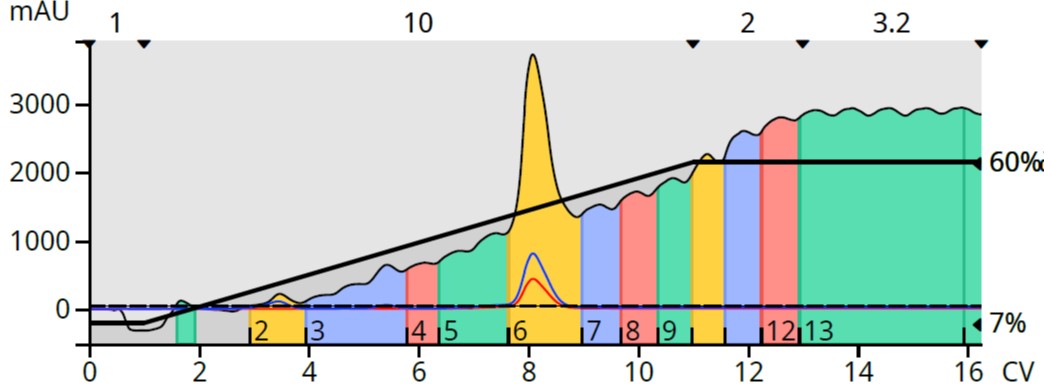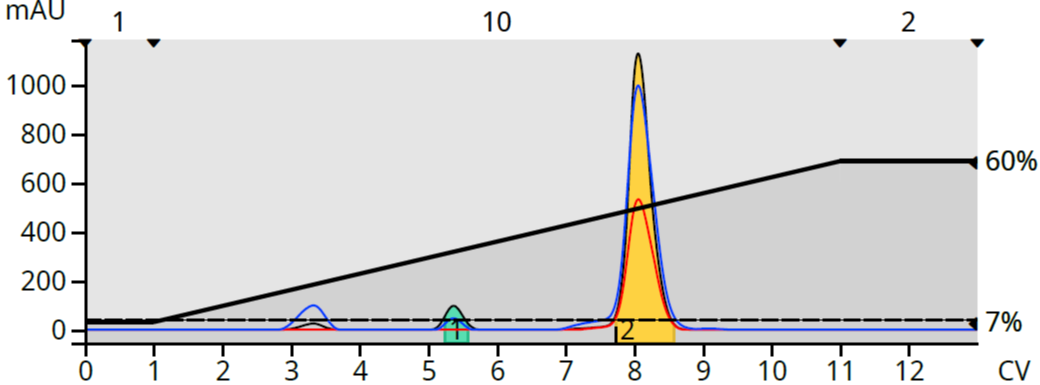Nov 7, 2023 3:00:00 PM
How can I overcome chromatography solvent detection interferences
By Bob Bickler

Flash chromatography is a great tool to purify reaction mixtures and natural product extracts. Modern flash chromatography instrumentation incorporates UV detectors to see eluting compounds and trigger their collection. However, the solvents used to separate the various mixture components can sometimes obscure or reduce their detectability which can reduce their purity and recovery.
So, what can you do to alleviate this problem?
Well, there are a few options you can try including changing solvents (e.g., ethyl acetate to acetone or MTBE) or using a flash system capable of real-time solvent UV absorption elimination, aka baseline correction. Both have their advantages, but this post focuses on baseline correction.
Flash systems such as the Biotage® Selekt offer real-time baseline correction. This capability eliminates any UV absorption due to the solvents during the run allowing compounds which can be hidden from detection by the UV absorbing solvent to become visible to the detector.
As an example, the reaction of isatoic anhydride and benzylamine generated the desired product and a few by-products. Flash chromatography with a 5-gram silica column (Biotage® Sfär HC) and a heptane/ethyl acetate gradient allowed only the product’s detection as the baseline rose with increasing ethyl acetate gradient, Figure 1.
 Figure 1. Reaction mixture purification using a heptane/ethyl acetate gradient with UV detection without baseline correction hides the byproducts in the crude reaction mixture.
Figure 1. Reaction mixture purification using a heptane/ethyl acetate gradient with UV detection without baseline correction hides the byproducts in the crude reaction mixture.
To visualize the byproducts created from the reaction, purification with the system’s baseline correction feature enabled (typically a default method parameter) eliminated the problem, Figure 2.
 Figure 2. Reaction mixture purification with baseline correction enabled revealed the hidden byproducts.
Figure 2. Reaction mixture purification with baseline correction enabled revealed the hidden byproducts.
So, if a rising UV baseline is causing detection issues for you, consider a flash system with baseline correction capabilities.
For more helpful information on flash chromatography, download our whitepaper - Successful Flash Chromatography.
Published: Nov 7, 2023 3:00:00 PM

